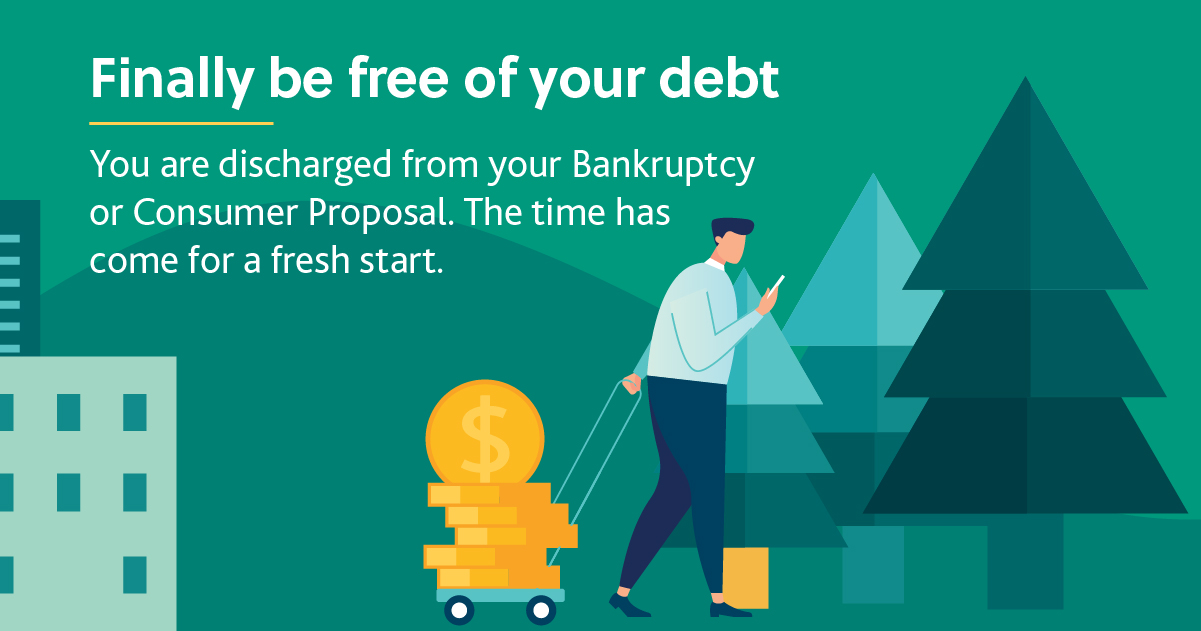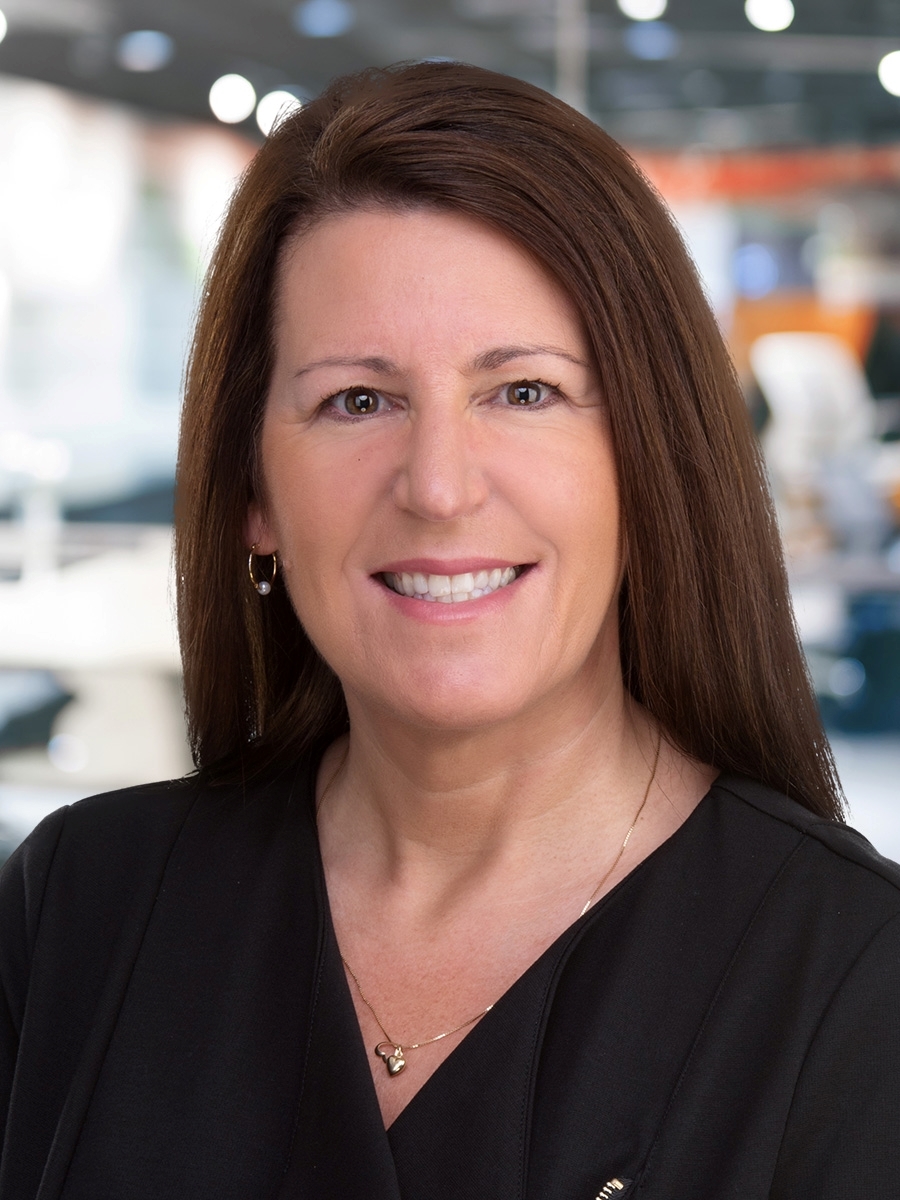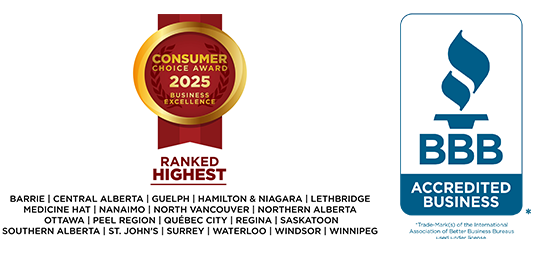Financial Literacy Month: Part 9 of a 10-part blog series on your financial well-being?
Throughout November, consult this series of blog posts to learn more about your current finances — and how to set yourself on a path to financial freedom.
Everyone’s financial journey is unique. If yours looks like it may lead you down the path of working with a Licensed Insolvency Trustee to file for Bankruptcy or submit a Consumer Proposal, then a debt-free future awaits you. The sign that you’ve finished all of your payments, is an official discharge from Bankruptcy or a Certificate of Full Performance from a Consumer Proposal.
You are released from the duties of your Bankruptcy or Consumer Proposal. It means the time has come for a fresh start. To reach this point in the journey you need to fulfill all the duties of your Bankruptcy or Consumer Proposal.
A summary of your Bankruptcy duties
When you file for Bankruptcy, your Licensed Insolvency Trustee will guide you through the process, lasting anywhere from nine to 21 months for a first Bankruptcy. You’ll put in a lot of the effort but your Trustee will provide several services along the way. Learn more about how much Bankruptcy costs here. In the meantime, here is everything you will do on your journey to a fresh financial start.
- Tell your trustee about all of your property, debt, and assets. Learn more about your assets in Bankruptcy.
- Turn over your credit cards to your trustee.
- Go to a meeting with creditors if requested.
- Go to two financial counselling sessions (more on that later).
- Submit monthly reports to your trustee on your income and expenses
- Make monthly payments against your debt based on income, family size, and assets.
- Give your trustee your tax information as needed
- And you may need to attend an examination at the Office of the Superintendent of Bankruptcy
A summary of your Consumer Proposal duties
When you file for a Consumer Proposal, you will be committing to making monthly payments for up to five years. Review the full Consumer Proposal process for more details, but a quick recap of the entire process is as follows.
- Share your full financial picture with your Licensed Insolvency Trustee, including your income, expenses, assets, and debts.
- Work with your trustee to put together your official Proposal, including monthly payment terms and payment period.
- Stay in touch with your Licensed Insolvency Trustee, although you won’t be required to submit monthly reports (more on that later).
- Finish two financial counselling sessions that will give you new skills to manage your finances in the future.
- Make the monthly payments accepted by creditors in the Proposal.
- Never fall more than three months behind on your payments.
- Finish your payments and get your Certificate of Full Performance!
Now that that’s all sorted out, you’ll be officially released from your Bankruptcy or Consumer Proposal.
Discharge from Bankruptcy
Your discharge date is determined by the discharge period of your Bankruptcy. If you’re filing for the first time, then you may get an automatic discharge nine months after your trustee officially files for Bankruptcy on your behalf. But the period can be much longer if you have a surplus, whether it’s your first Bankruptcy or not.
What is a surplus?
When filing for Bankruptcy, the government has standards for income and expenses. You will be required to submit all of your income and expenses to your Licensed Insolvency Trustee. If your trustee finds that your income is higher than the government standard thresholds, you may need to make surplus payments throughout your discharge period.
The government standards for income are decided by the Superintendent of Bankruptcy (OSB). They consider things like the size of your family, your monthly income, and the cost of living, as well as Making surplus payments can extend the period from nine to as long as 21 months before your discharge. The actual length will depend on your surplus.
After you’re discharged, the Bankruptcy will affect your credit for up to seven years. A first Bankruptcy in Atlantic Canada will stay on your credit report for six years form your discharge date. The good news is, discharge is the beginning of your debt free life. Start rebuilding your credit on your way to a future of financial freedom. Learn more about getting discharged from Bankruptcy.
Discharge from Consumer Proposal
The discharge period for Bankruptcy usually has standard time periods based on certain industry standards, like whether it’s your first Bankruptcy or if you have a surplus or not. Consumer Proposals are different. A Consumer Proposal is a strategy to pay a portion of your debt over a set period of time that depends on your income, expenses, and debt. Your Licensed Insolvency Trustee will review your finances to help you decide on that plan. The plan will then be submitted to your creditors who will vote to accept it or not.
Whether the creditors accept your first proposal or an amended one, the discharge period will depend on the plan that you and your trustee came up with. For a Consumer Proposal, the maximum time it can affect your credit score is six years from the filing date.
If you increase your income while fulfilling the duties of your Consumer Proposal — whether through a new job or some other means like an inheritance — you can pay off your debts faster, shortening the discharge period.
Once discharged from your Consumer Proposal, you will be free to move on with your finances into a debt-free future.
Discharged to your future
Whether you file for Bankruptcy or submit a Consumer Proposal, your Licensed Insolvency Trustee will work with you to determine your discharge period. If you have a surplus, they will help figure out the amount for your monthly payments, and outline all of your other responsibilities.
At the end of your discharge period, you will receive a Certificate of Completion. You are now officially discharged from your Bankruptcy or Consumer Proposal. It’s time to start thinking about your finances after debt.
Next Blog: Part 10: Life after debt



